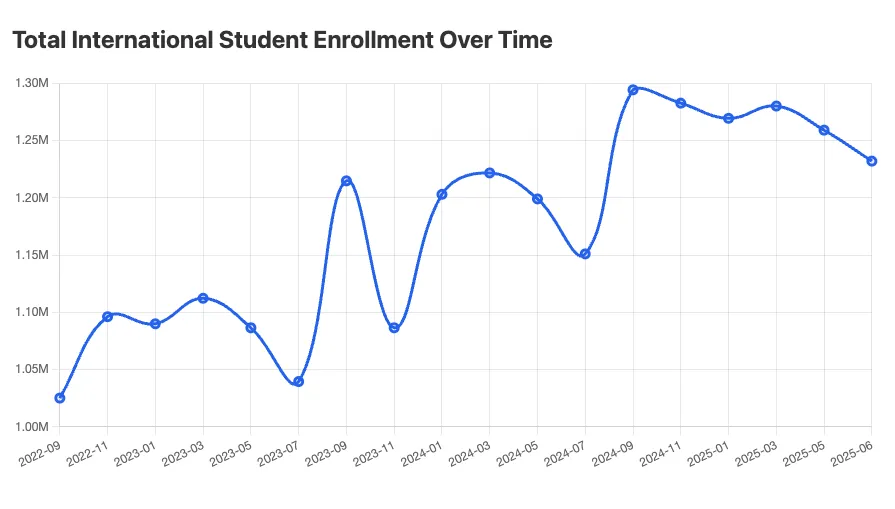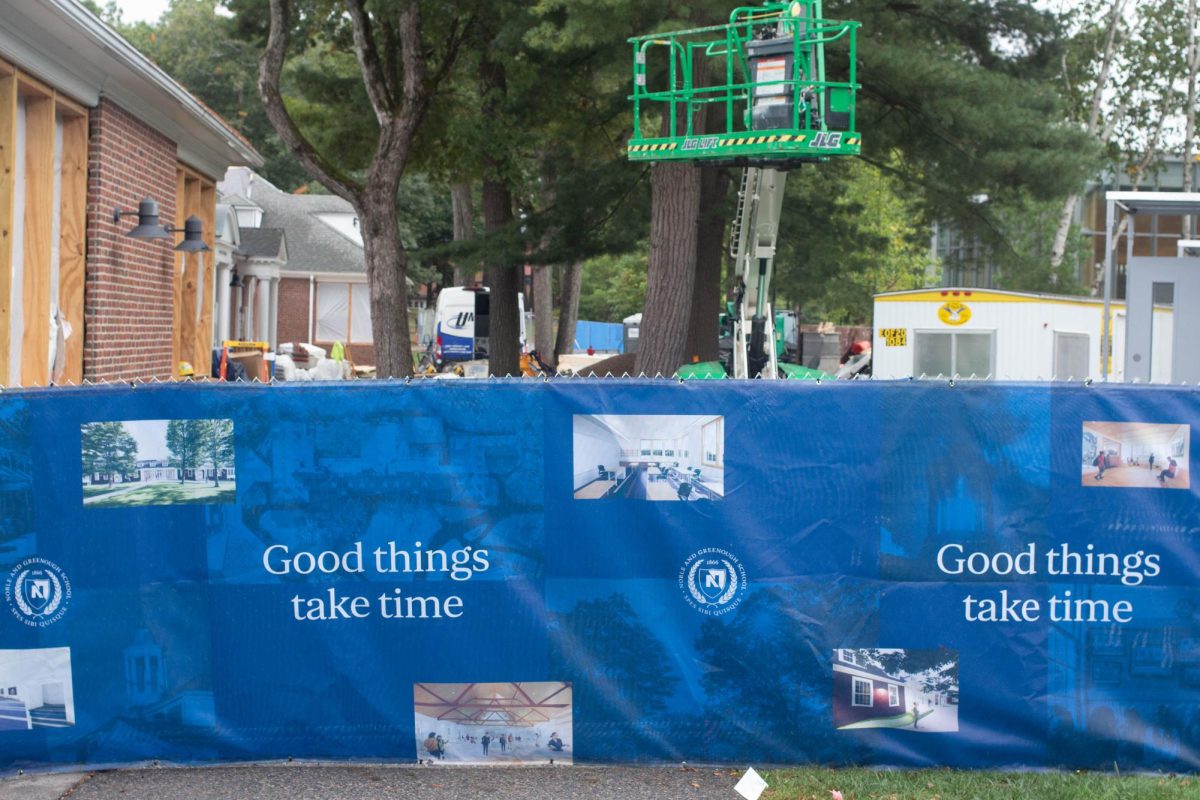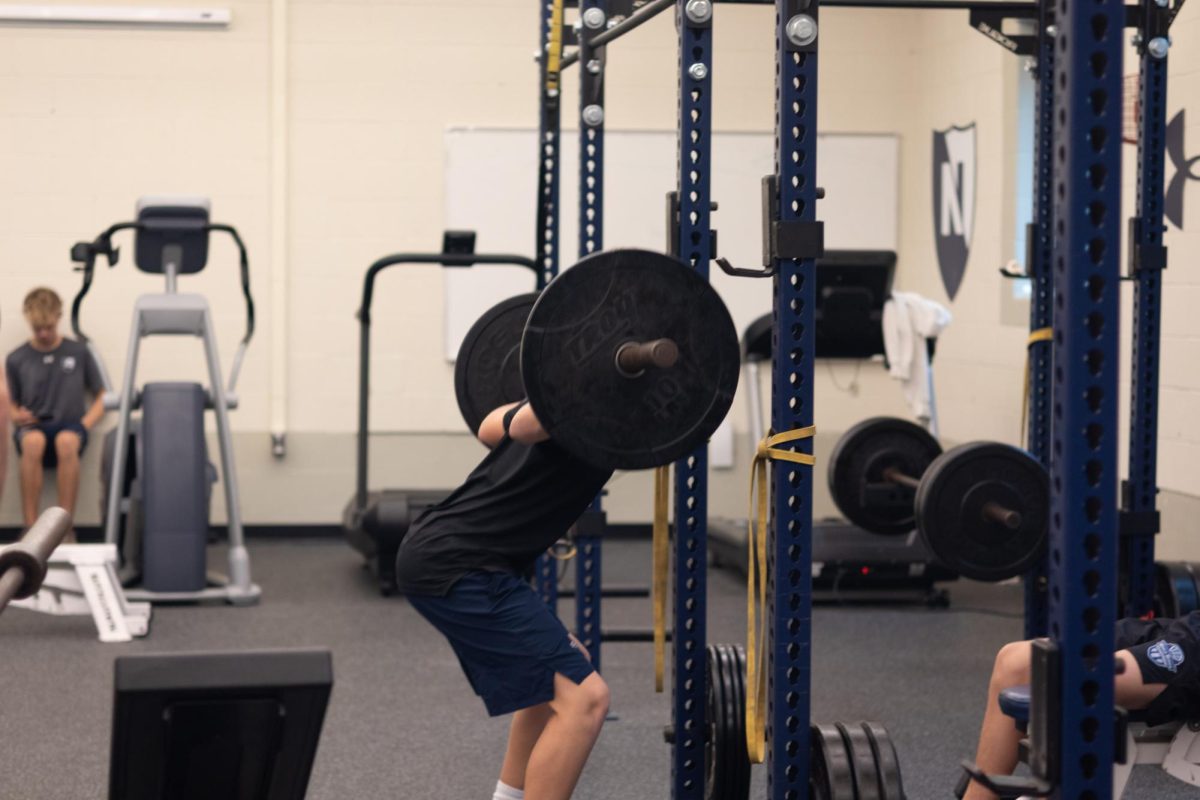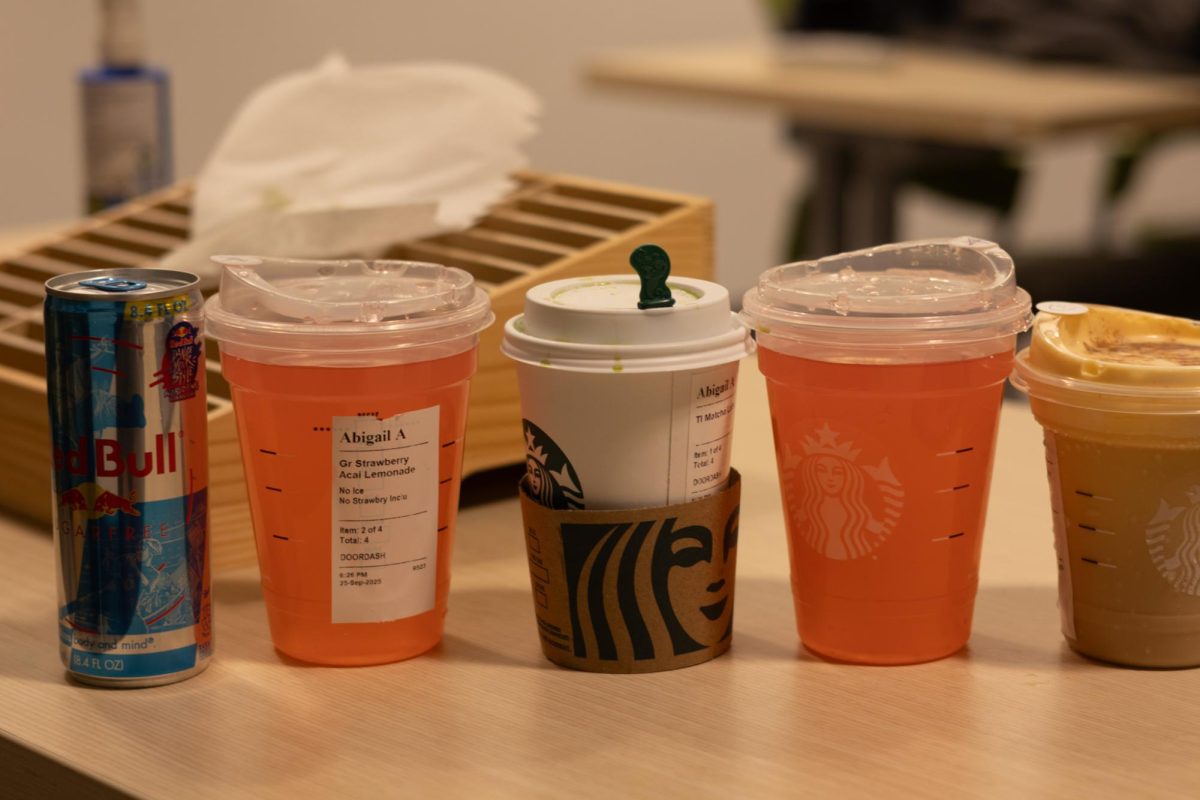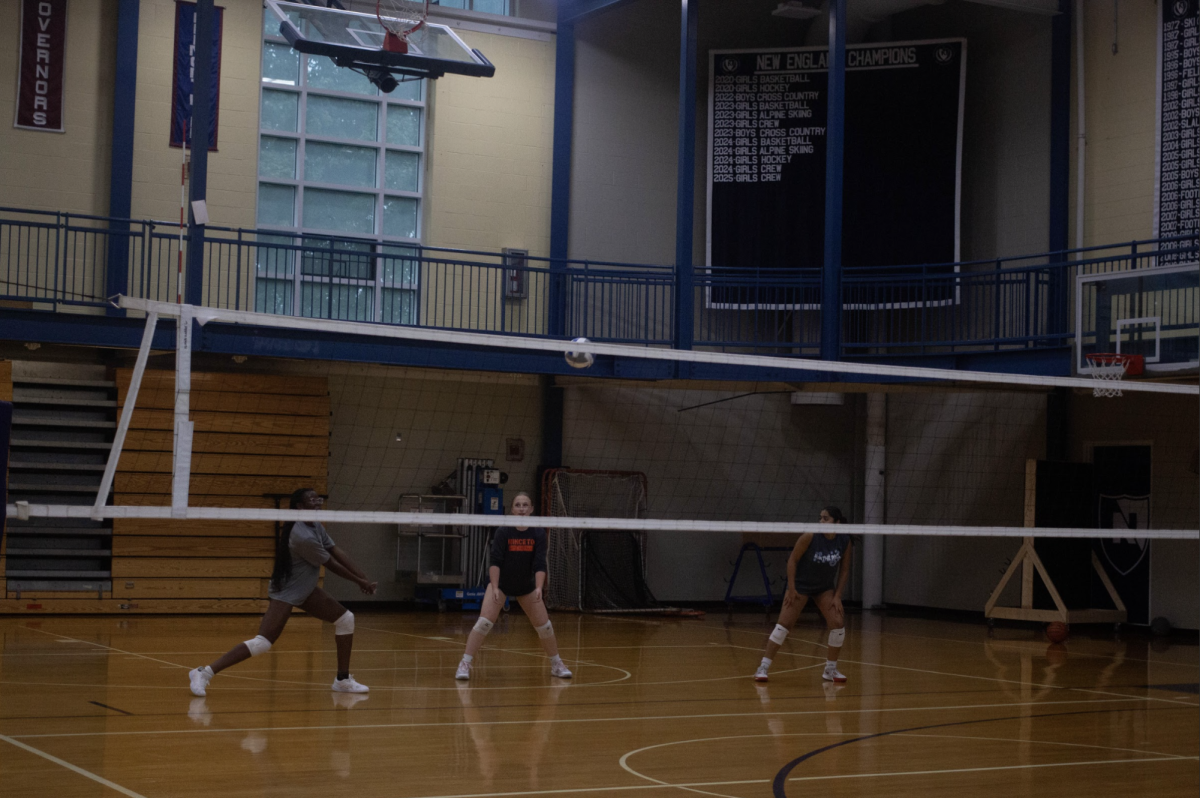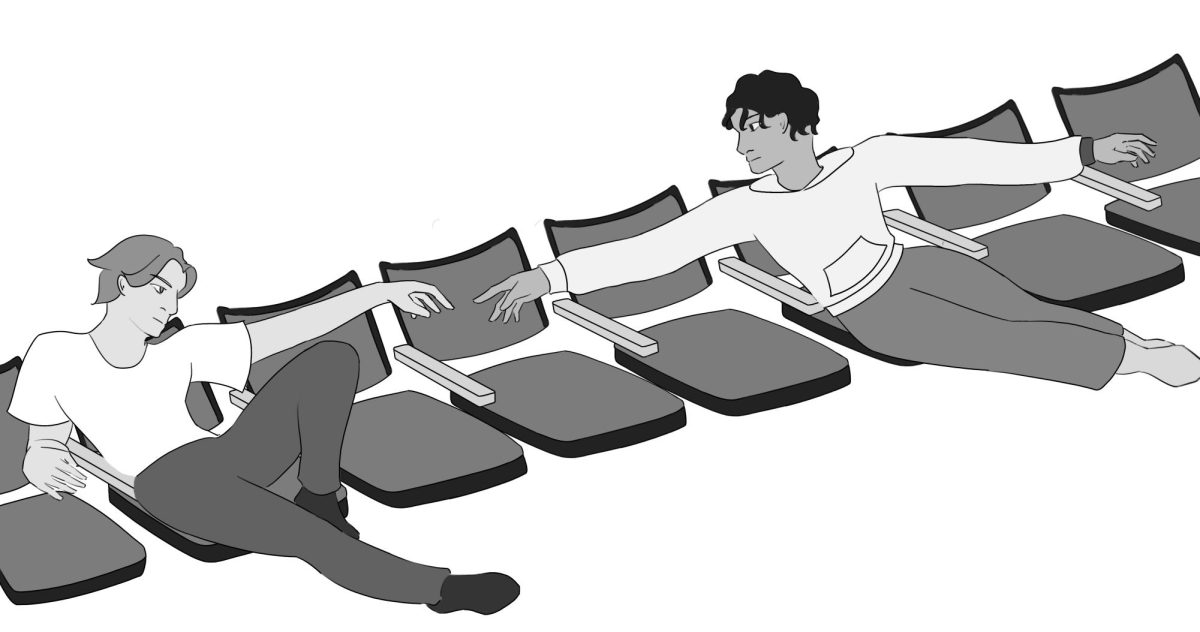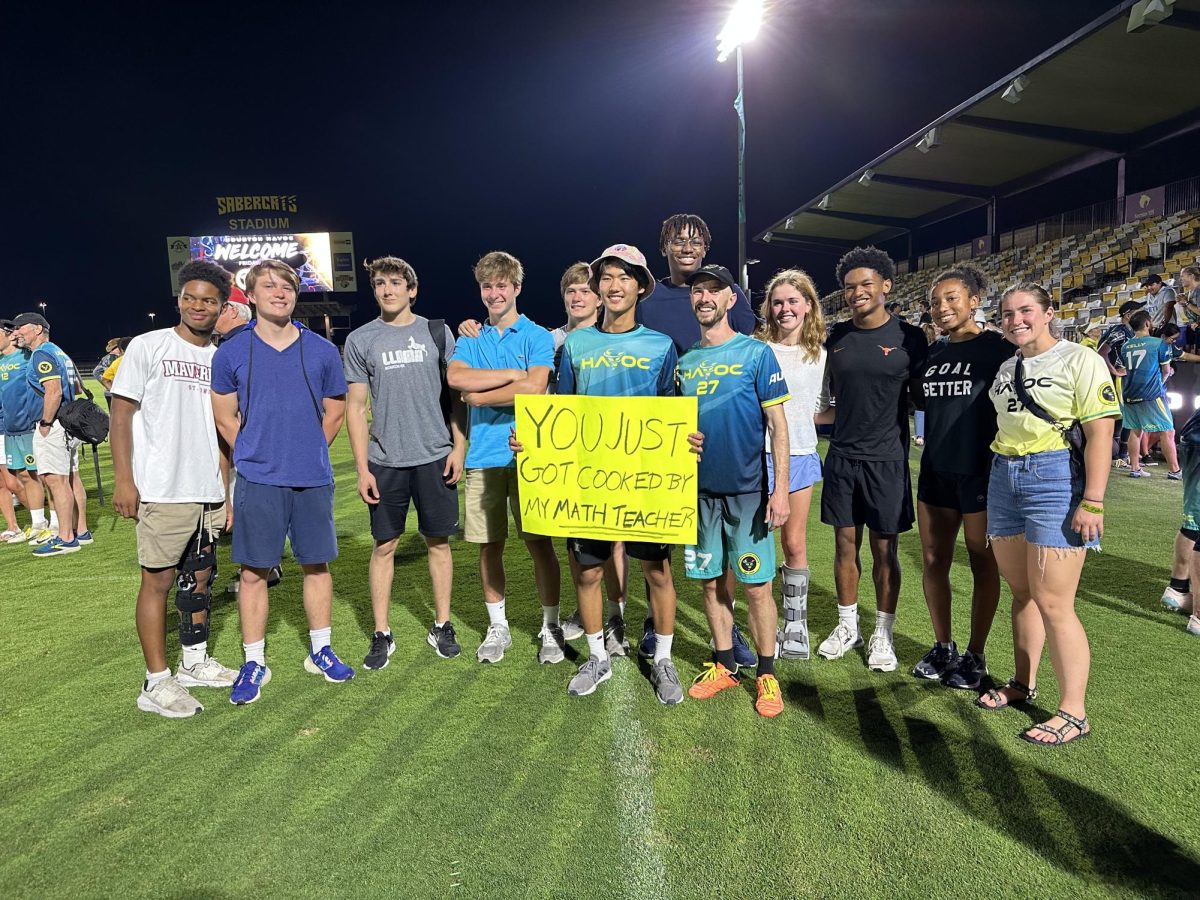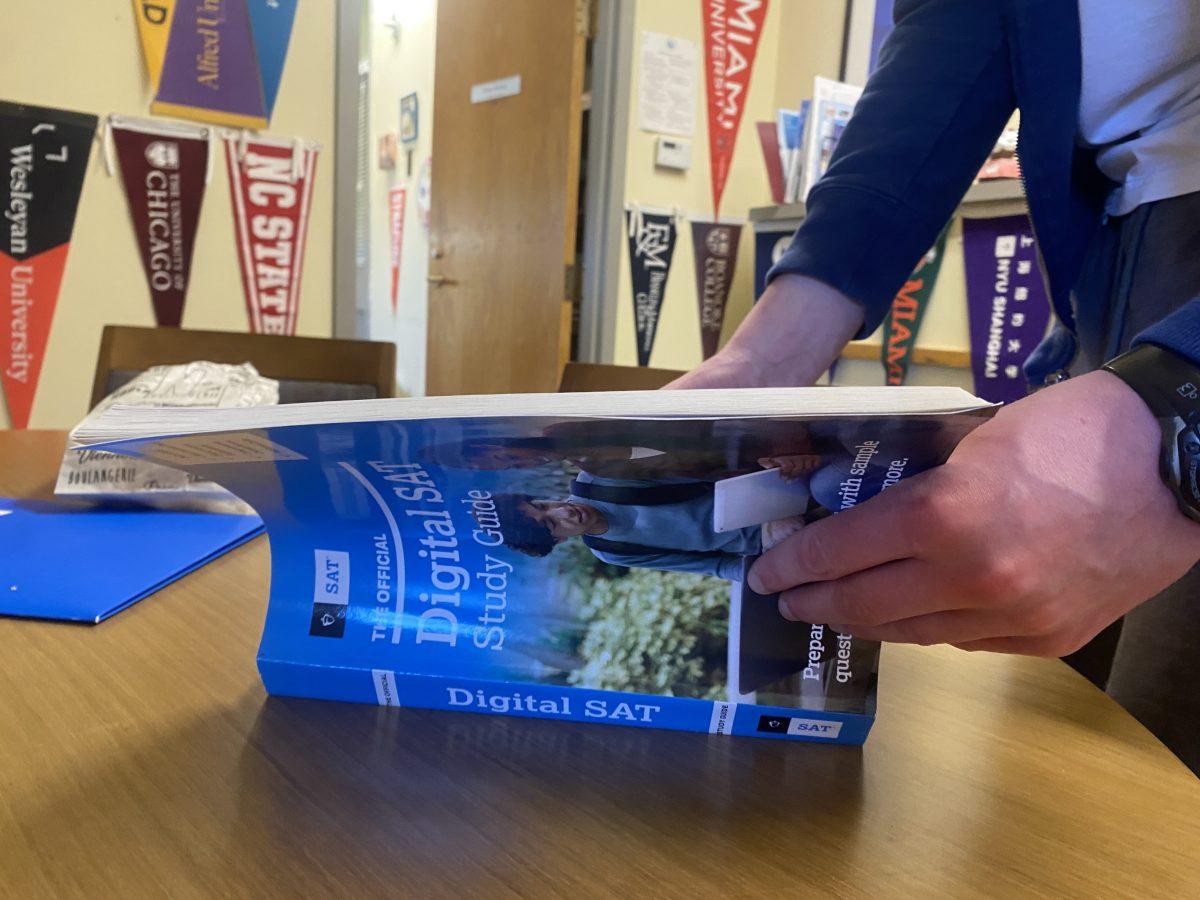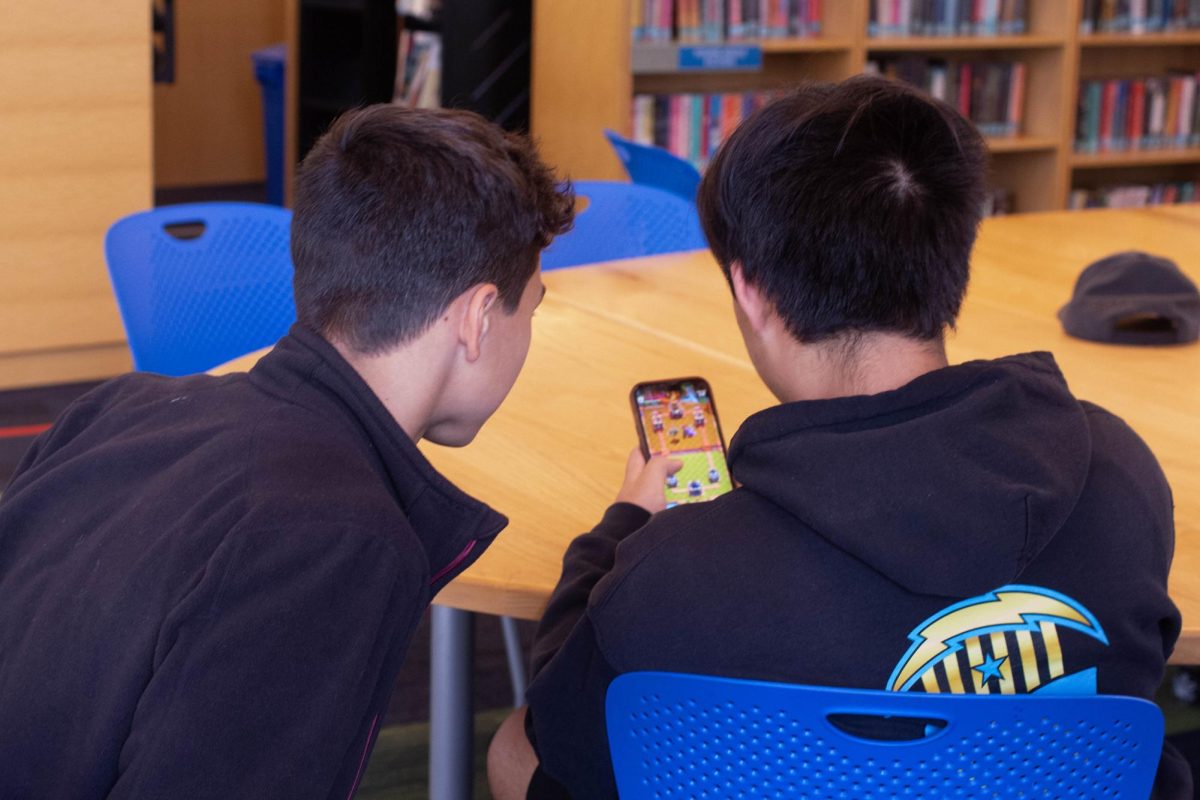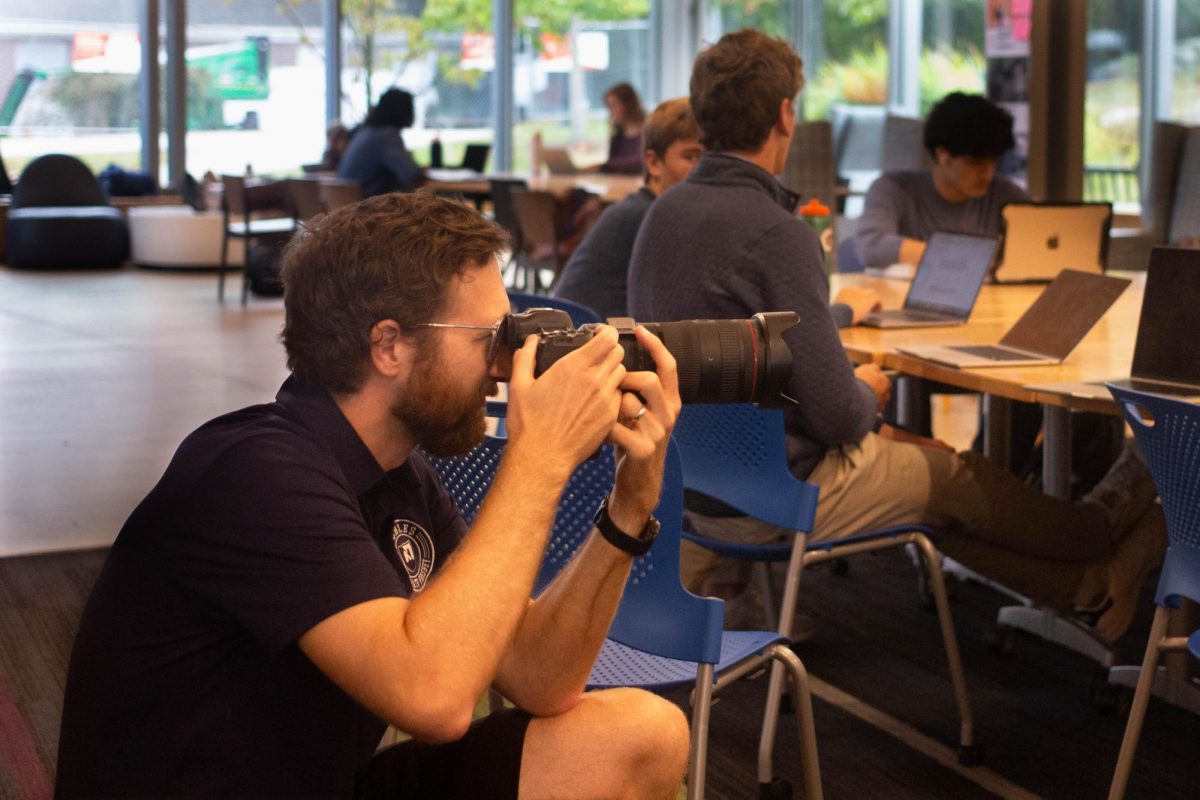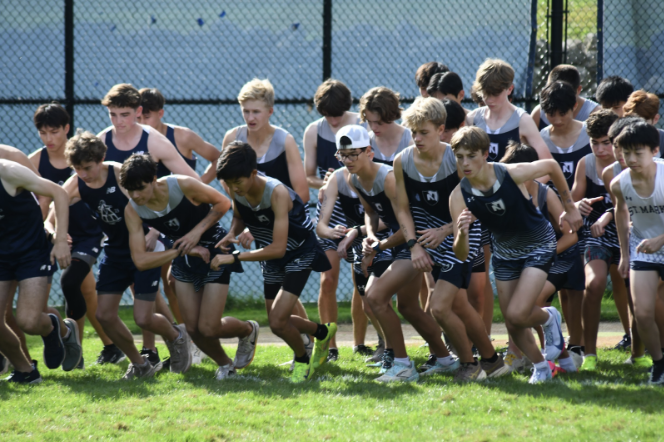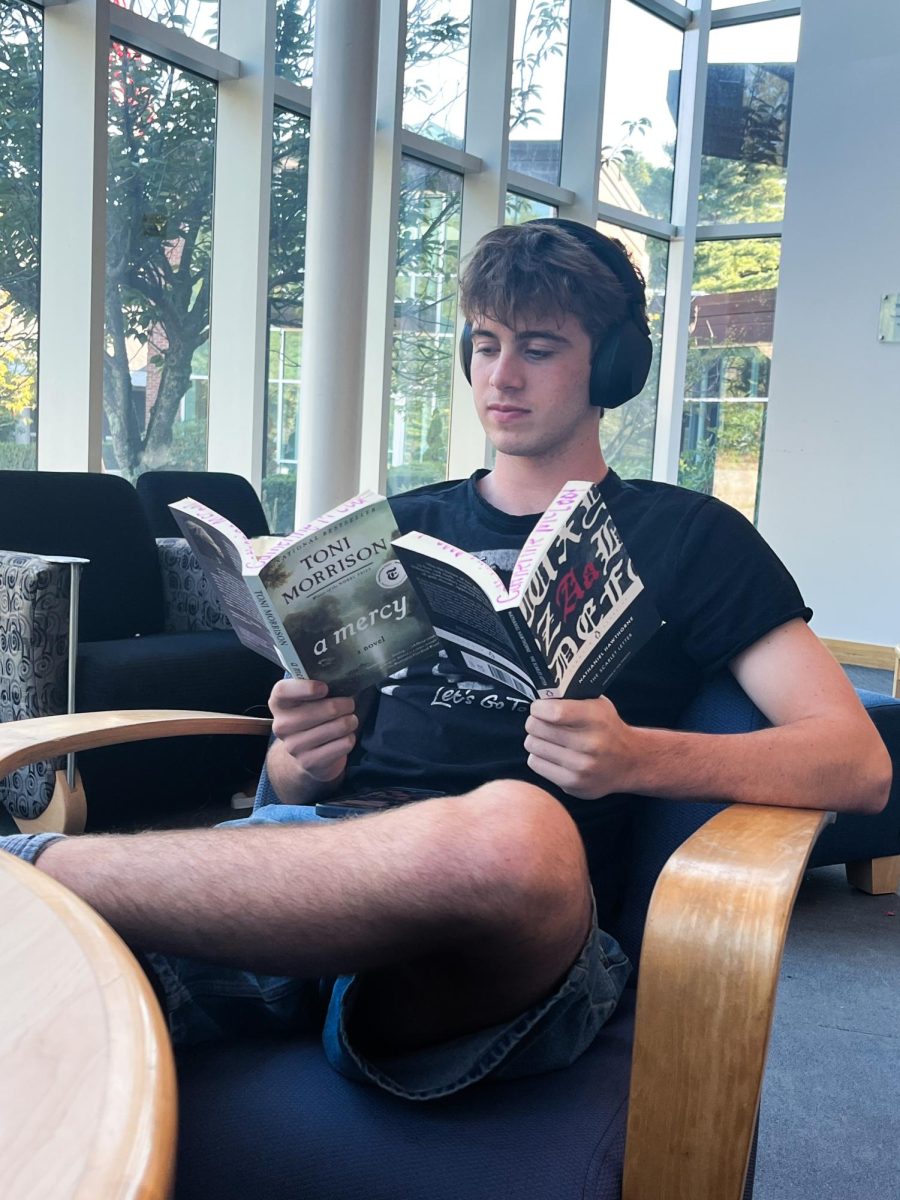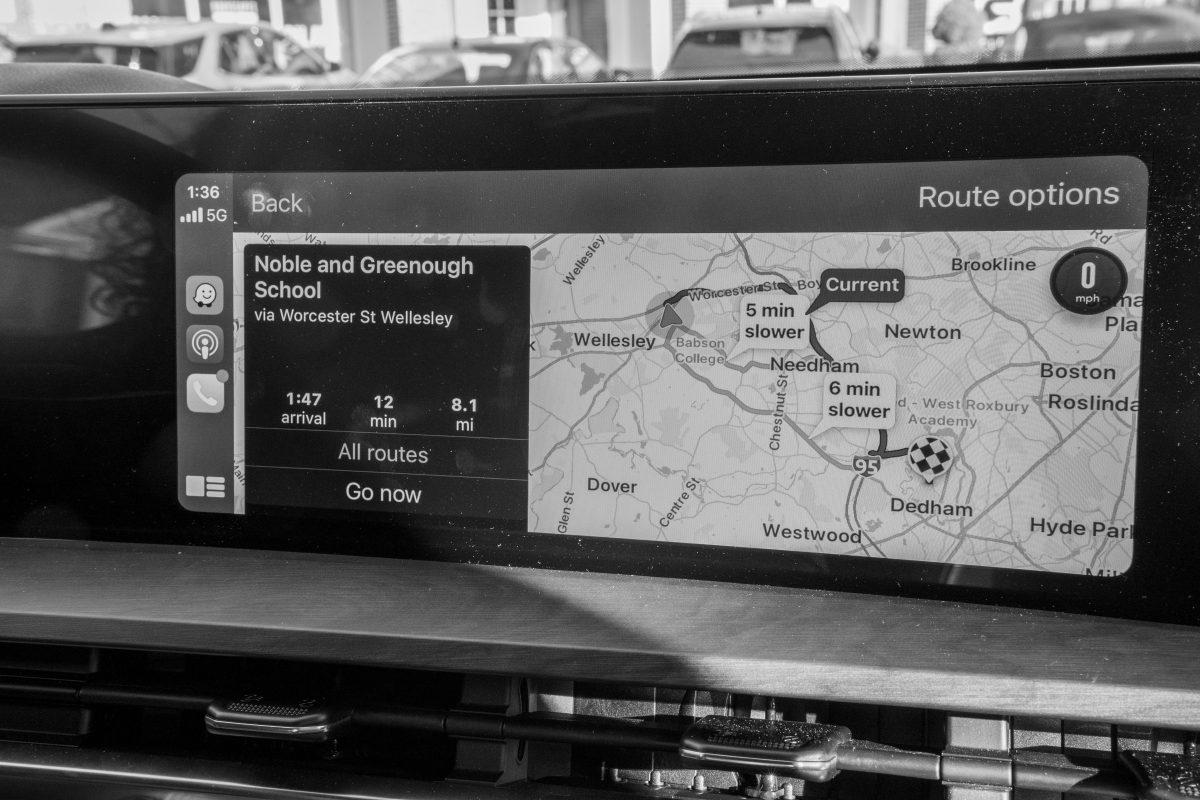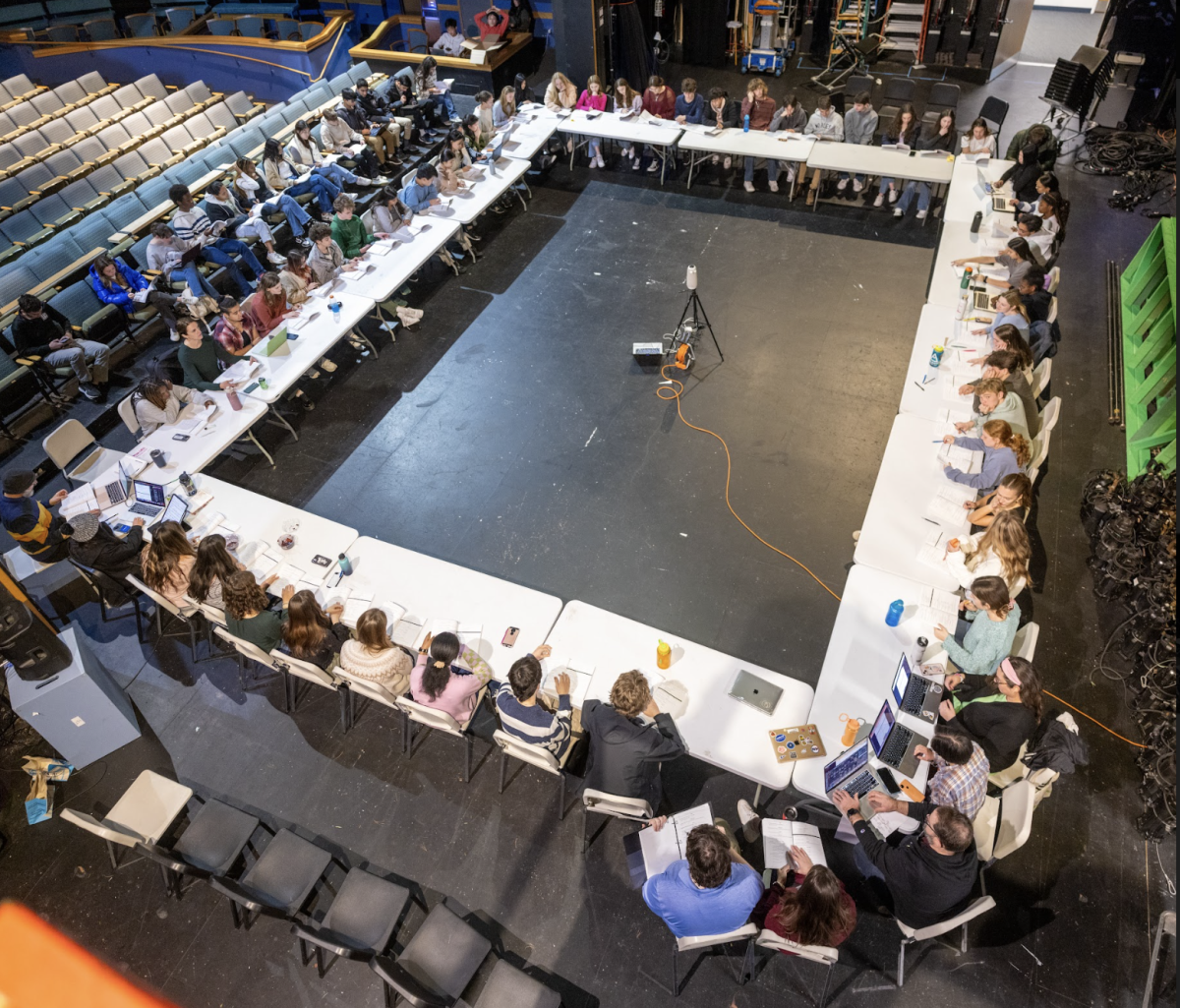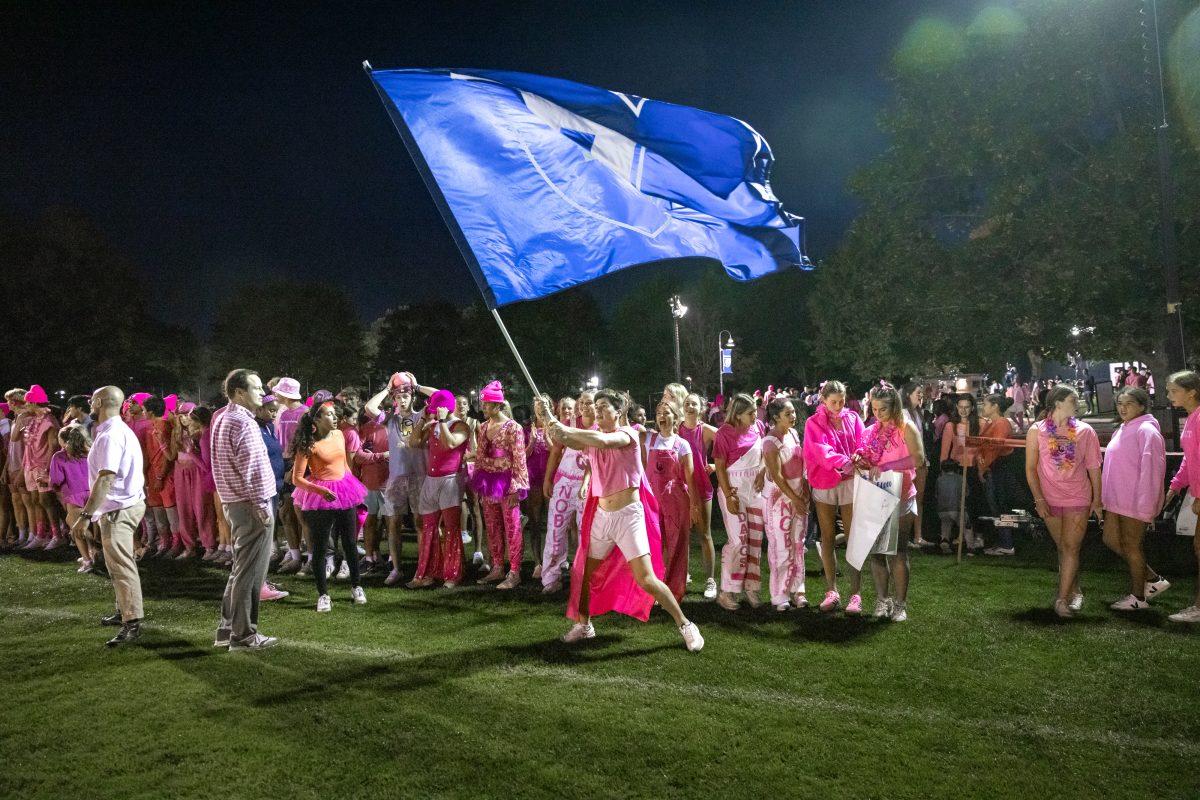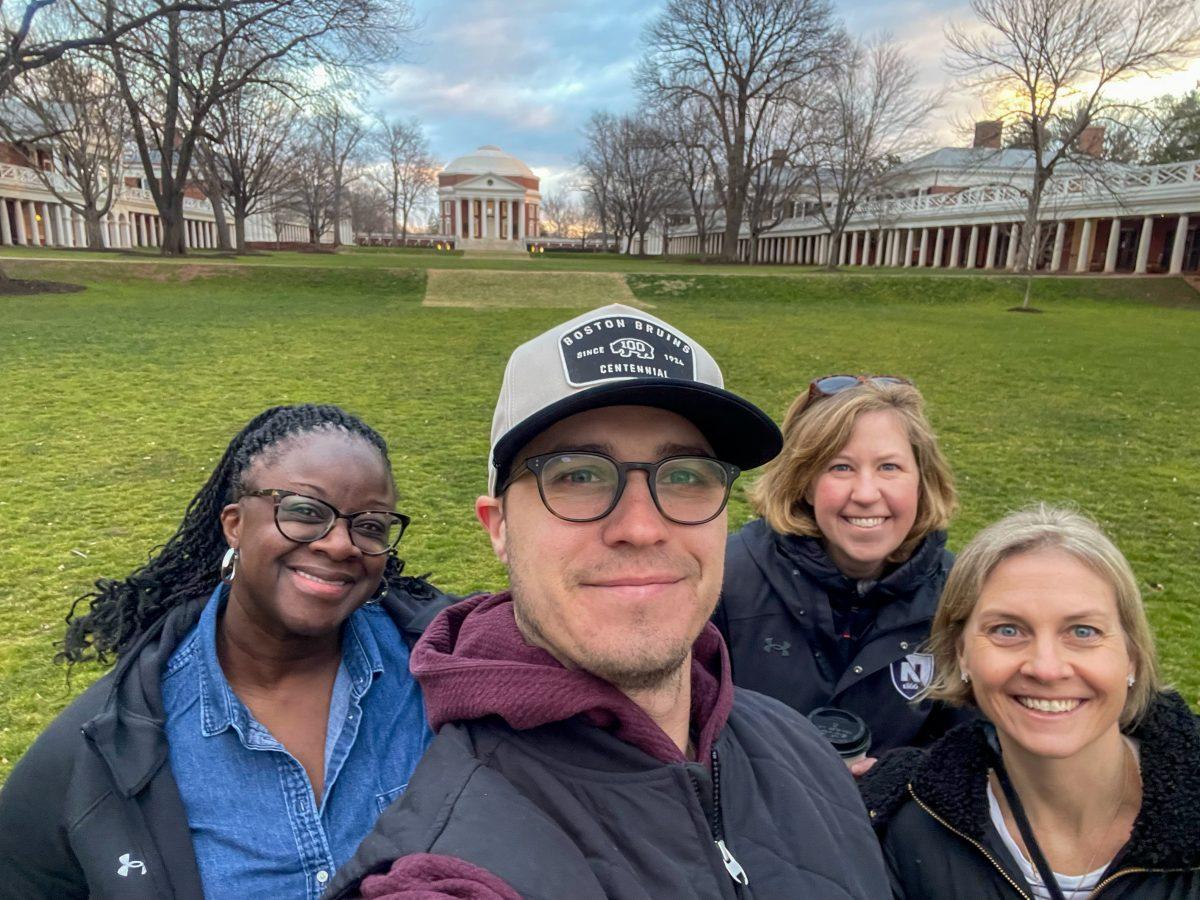Owen Harrington, Staff Writer
December 8, 2023
Every morning, Nobles community members roll out of bed and set off to campus in hopes of arriving before 8:00 a.m. While the mad dash to assembly is an experience shared by all, the commute to and from school looks drastically different for each person and can have significant, often unnoticed, impacts on their ability to finish work, get adequate sleep, or participate in extracurricular activities.
In a poll conducted across the student body, it was found that a large majority of students spend less than 30 minutes traveling to school each morning, with over 45% of students spending less than 20 minutes driving. Meanwhile, about 10% of students reported spending 45 minutes in their commute each morning with many students needing over an hour. On average, students reported even longer trips home in the evenings, with over 15% of students spending over 45 minutes in the car. While these longer commute times only affect a relatively small portion of the larger community, they have a significant impact on those students which can influence the school as a whole.
One of the primary difficulties students who live far away face is the lack of sleep caused by longer drives. A lengthy commute in the morning often requires an earlier alarm, and a prolonged drive after school delays homework later into the evening, eating up sleeping time on both ends. Henry McLane (Class IV), whose drive can easily be over an hour each way, said, “It can become really challenging to get home, finish your work, and then get up again in the morning having gotten enough sleep.” Sleep deprivation has repeatedly been proven to worsen academic and athletic performance which aligns with sentiments felt by students. In addition, sleep deprivation significantly impacts one’s ability to drive safely. This is especially relevant as about 22% of all students drive themselves to school. Sleep-deprived young drivers spending extended periods of time each day on busy roads creates the possibility for unsafe situations which could result in potentially fatal accidents. Therefore, it is important that student drivers are cognizant of their limits and strive to get enough sleep in order to be as safe as they possibly can. However this can be difficult given the challenges that come with having a long commute to school.

The morning commute specifically can be a significant driver of stress for students given the importance placed on arriving at assembly by 8:00 a.m. This anxiety is only exacerbated by the variability in drive times due to traffic or possible accidents. Yiling Ding (Class IV) said, “The amount of time it takes to get to school each morning is entirely reliant on the amount of traffic that day. Midweek is often the worst and can easily be half an hour longer than Friday or the weekend. Accidents are entirely unpredictable and can interfere with any day of the week.” As a result, students with longer commutes have to build significant buffer time in their mornings should issues arise on the roads. Emilio Manz (Class II), who often spends over 45 minutes driving to school each day, said, “I get here early most mornings just in case of unexpected traffic. I can never count on the drive staying the same from one day to the next.”

The lasting impact of COVID-19 also continues to have a significant effect on the traffic patterns that students have to deal with. The number of people on the road significantly decreased for a few years due to remote work opportunities, but now workers are returning to the office and creating more traffic. “My commute has been much longer this year primarily because of people returning to the office. My drive was far shorter when people were working from home,” Harper Tyng (Class III) said. This led to a shock for many drivers who had to adjust to these changes at the beginning of the school year, which highlights the variability that traffic causes for commutes to school.
Because of the challenges that long commutes can pose, it is important that we continue to remain aware of these difficulties and be patient with affected students as they strive to do their best work while simultaneously getting enough sleep and staying safe on the roads.
(Photo Credit: Zack Mittelstadt; Graphic Credit: Owen Harrington)

